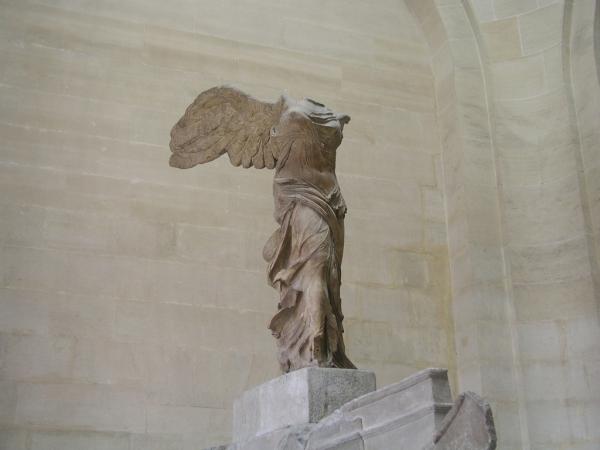
When a first time visitor approaches the island of Paros, he may be dazzled by the white-washed Cycladic houses, but little will he know that these aren’t the most white building on the Island.
The small island of Paros from antiquity was very wealthy, even trying to defy the hegemony of Athens, because of an extremely exquisite material: its marble. Bright white and semi-transparent, the celebrated marble was exported from 6th century BC until the middle ages, contributed the most to the island’s economy.

The Parian marble was used by famed sculpture Praxitelis on most of his renowned works, as well as by many other artists for its coarse grain and smooth, beautiful texture made it an excellent first material, but also its distinctive and unique translucent white colour made the final product stand out!
Some of the most renowned masterpieces made by Parian marble? Many early cycladic status, Medici Venus, Nike of Samothrace, Hermes and the Infant Dionysus, Parthenon roof’s tiles, Napoleon’s tomb to name just a few.

The subterranean marble quarries lied near today’s village of Marathi, at the Wildlife Conservation Park, and they were either horizontal or at a descending angle. The fact that the marble had to be quarried with the assistance of extra lighting gave it a specific name “Lychnites”, roughly translated as “the one from light”. The tunnel entrances can still be seen and at one of them there is a dedicated to Pan and the Nymphs bas-relief.
Nowadays only the Greek state is able to use the small amount of Parian marble that is left, and they’ve been using it only for restoration reasons of archaeological discoveries.
